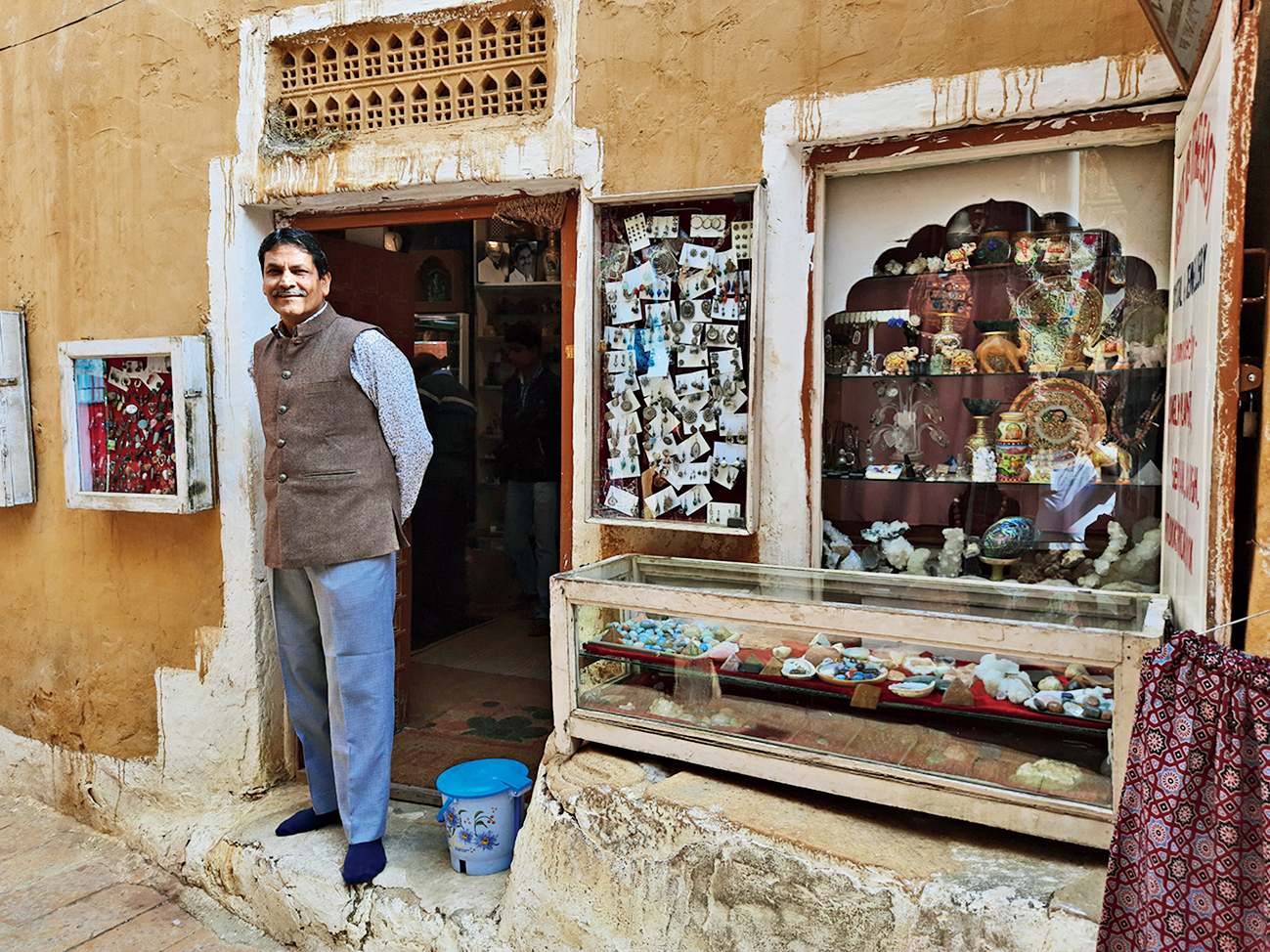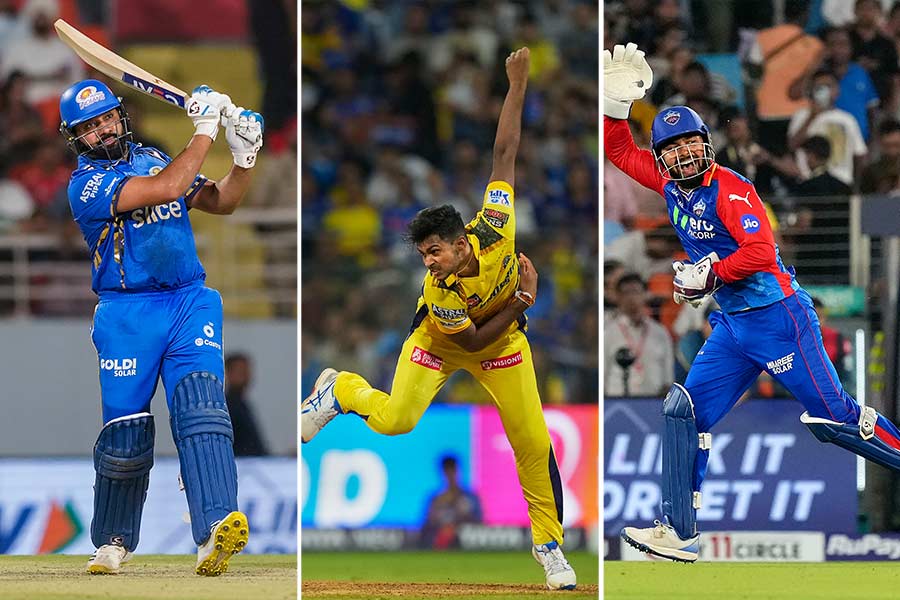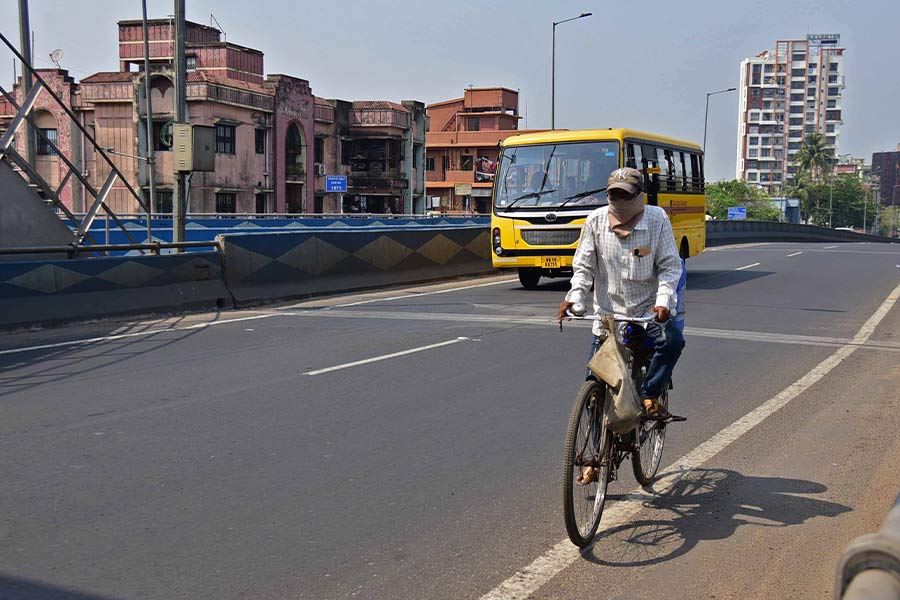There is an old saying that goes: If you want to reach Jaisalmer, you must have a wooden horse, legs of stone and a heart of steel. The point of it is to underline the inaccessibility of the Rajasthani town. And though all that is a thing of the very distant past, one doubts what would have become of Kishore Kumar had things been any different.
Kishore Kumar Parekh, 59, runs a local handicrafts shop in the shadowy corner of a narrow lane within the precincts of Jaisalmer’s Golden Fort. The fort, made famous by Satyajit Ray’s 1974 film Sonar Kella, is made of yellow sandstone and shimmers like columns of gold in the afternoon sun.
Parekh, whose family is from Bengal’s Murshidabad district, decided to settle down here, more than 2,000 kilometres from his hometown, after watching Ray’s film.
His grandfather, Shankar Lal, had migrated from Ajmer to set up business. The Parekhs were into jute trading, a business that was decimated during World War II. His father preferred service to business and eventually joined a real estate firm.
Parekh was brought up in Calcutta. It was a selfsame life he led until one afternoon in 1975. It was January and the film Sonar Kella had been running in the theatres for a month. Parekh had got himself a ticket at south Calcutta’s Basusree cinema.
The film, based on one of the countless adventures of Ray’s creation, sleuth Feluda, was quite the rage. And there was a pinch of reincarnation drama.
Mukul, the kidnapped little boy around whom the film revolves, turns out to be someone who lived in the Golden Fort, or sonar kella, in his past life. Says Parekh, “I watched the scenes shot at this fort and something stirred in me. Something that said — ‘This is the place for you. You belong here and nowhere else’.” He continues, “I kept watching the film, over and over. And the scenes showing the sonar kella seemed to beckon to me.”
Parekh’s tale, singular as it is, echoes a sentiment evinced in the local folk songs. The central content of the songs is this — one day the sun was travelling across the sky, when he spotted something glittering on Earth and asked his charioteer what it was that shone like him. The charioteer answered — “Jaisalmer Fort.”
The Jaisalmer Fort is built on the Trikut Hill, 76 metres above ground level. The local word for hillock is meru and Jaisal is the name of the king who commissioned the fort. The semicircular ramparts extend over two kilometres. And there are 99 towers in all. Says Parekh, “It looks like a gem from a distance, tempting the onlooker with untold stories from its obviously rich past.”
It was not until 1989 that Parekh could actually visit Jaisalmer. He says, “As soon as I stood in front of the fort, I was pierced by the aptness of Ray’s title ‘sonar kella’. It changed my life.” That very year he moved to Jaisalmer permanently.
He boasts that more than once he requested Ray to cast him in one of his films. And though the filmmaker never refused him, the opportunity never arose. Parekh got a chance to meet Ray’s son, the filmmaker Sandip Ray, two years ago when he was in Jaisalmer in connection with a documentary on the making of Sonar Kella.
Sandip tells The Telegraph, “I was amazed to see Sonar Kella in all the CD and DVD shops in Jaisalmer. I was amazed that what is a regional film had made such an impact on the minds and hearts of people from all over India.”






